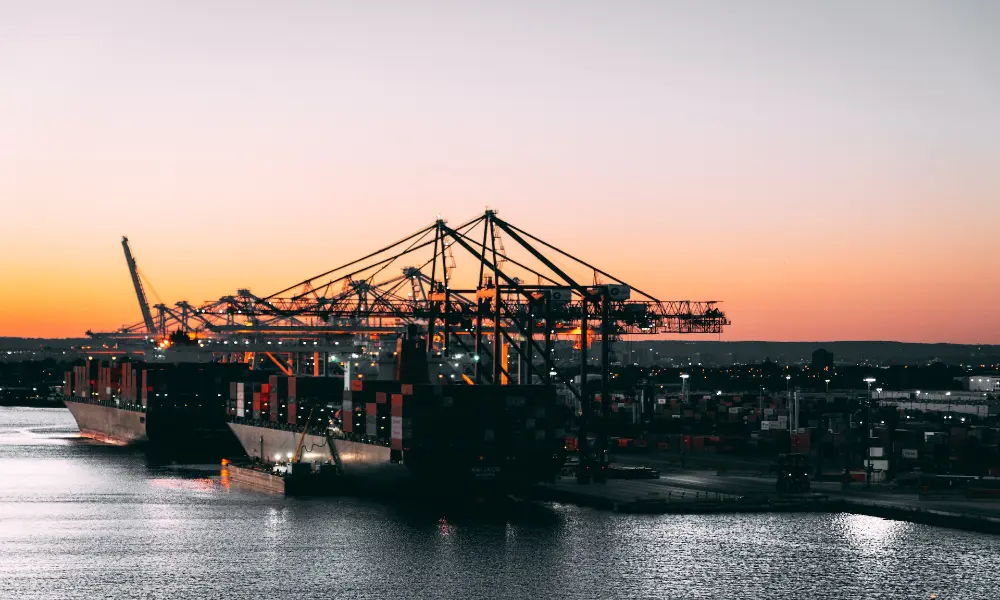Prelude to Drastic Declines
The carrier industry, no stranger to turbulent tides, came under another sharp blow in June. A study by Xeneta’s Shipping Index laid bare a significant dip of 9.4% in the global long-term shipping rates. Building on the slump of 27.5% in May and a 10.3% slide in April, the rates have plummeted by 47.2% in just three months. This tumble has hit a steep 51.7% of the rate value throughout 2023. Xeneta’s numbers revealed a drop in the cost of all long-standing contracts across major trading passages, prompting the XSI to strike a record low in 23 months.
Context of the Crisis
“The decline from last year’s peak has been as drastic as the surge that rewarded carriers in 2022. Those growling rates now seem like a faded dream while 2023 poses notable difficulties,” uttered Patrik Berglund, the CEO of Xeneta. Highlighting the frail demand, he articulated the harsh realities of ongoing macroeconomic and geopolitical uncertainties coupled with ever-increasing excess capacity. Presently, a silver lining appears elusive for the beleaguered industry.
The Bigger They Are, The Harder They Fall
Xeneta’s data brings to light an innate truth – the heavier they weigh, the harder they plunge. The chief container corridors exhibited a sharp drop with the Far East export benchmark, a pivotal cog in the global supply chain, shedding 65.3% of its value since December 2022. The American import sub-index descended by 56.3% this year alongside a 46.2% fall for the European import benchmark. The corresponding European export figure offered a small reprieve, dipping by a mere 38.3%.
Pinpointing Paradoxes
“If we sift through these headline figures and examine individual trades, we’re met with some jarring reversals of fortune encountered over the initial six months of the year,” Berglund added. Trade routes from China to North Europe and from the Indian West Coast & Pakistan to North Europe have registered a decrease exceeding 70% since last year. Taiwan’s path to the Mediterranean as well as to North Europe has taken a considerable hit from the peak of 2022, recording a fall of 65.5% thus far for 2023. “Very few shining spots have been spotted, with the solitary exception of the trade route from South America’s East Coast to China which noted an 11% month-on-month increase,” Berglund observed.
Forecasting the Future
Reflecting on the prospects, Berglund questioned, “one wonders where this will all lead.” Some figures suggest that US container exports grew by 1.8% year-on-year for the initial four months of the year alongside a reasonable 1.1% decline in Europe’s inbound container demand during the same period. However, these numbers should be judged in context, with falling global demand, easing port congestion, and ramping capacity pressurizing the rates. Stressing the significance of the Far East XSI® export index’s recent trajectory, Berglund indicated that the accelerating, double-digit drops point to the dwindling Western market demand – a concerning sign for significant players in the shipping world that’s continually evolving at a swift pace.



